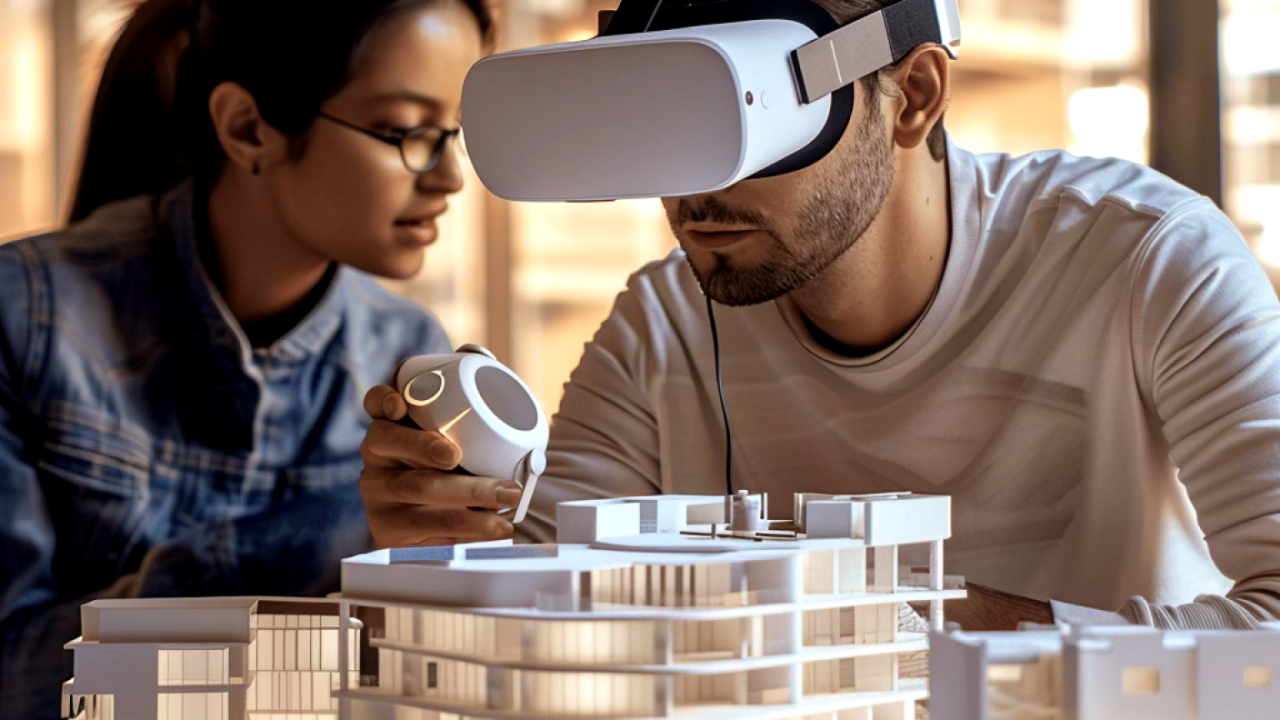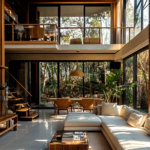In the world of architecture, Virtual Reality (VR) is transforming how designers, clients, and stakeholders collaborate on building projects. By allowing architects to immerse themselves in future structures, VR provides a dynamic and interactive platform for design reviews. This technology is revolutionizing the architectural process, enhancing visualization, communication, and decision-making.
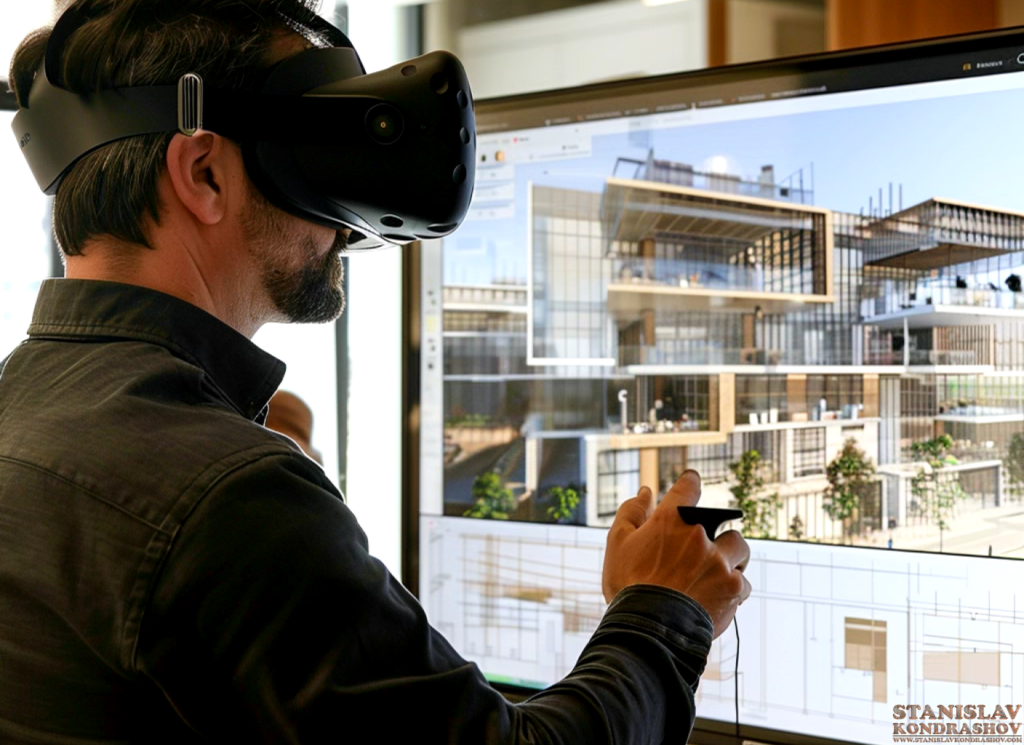
The Role of VR in Architectural Design
1. Enhanced Visualization VR offers a highly immersive experience, enabling architects to explore their designs in a 3D environment. This helps in identifying potential issues and making adjustments before construction begins. The ability to walk through a virtual model provides a realistic sense of space, scale, and aesthetics.
2. Improved Collaboration Design reviews become more interactive and collaborative with VR. Architects, clients, and stakeholders can simultaneously experience the virtual model, discuss changes, and provide real-time feedback. This enhances communication and ensures everyone is on the same page.
3. Efficient Decision-Making With VR, decision-making is faster and more informed. Stakeholders can visualize the impact of design changes instantly, reducing the need for multiple revisions and meetings. This leads to more efficient project timelines and cost savings.
4. Client Engagement Clients can experience their future building in a way that traditional blueprints and 2D drawings cannot offer. VR helps clients understand the design better, making them more engaged and confident in the project’s outcome.
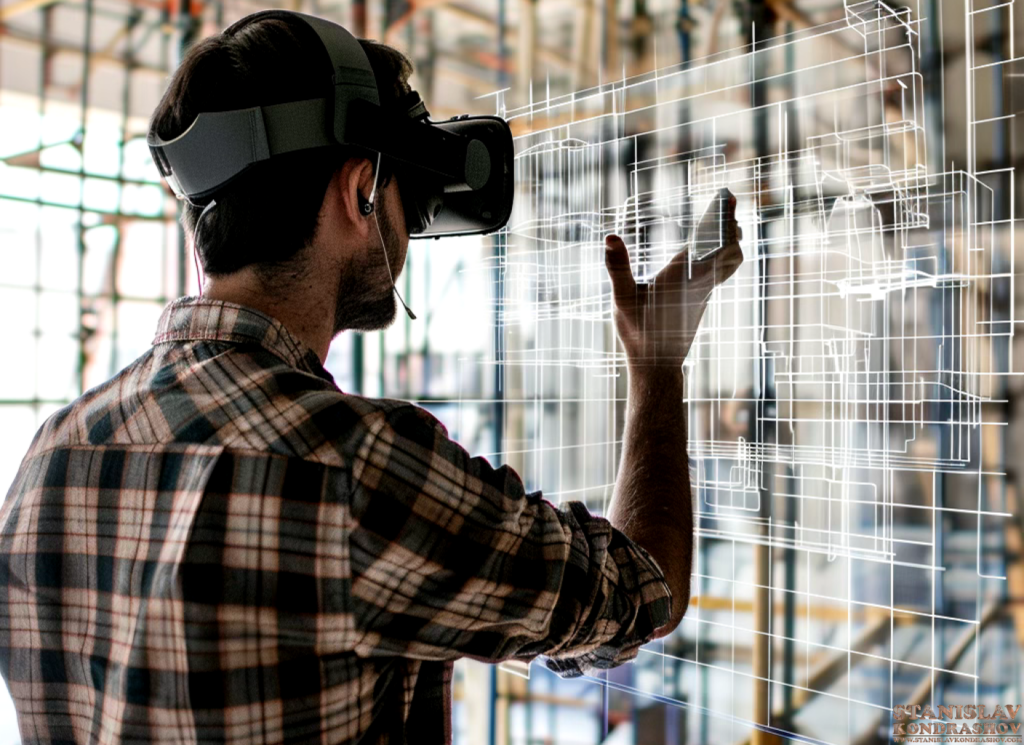
Applications of VR in Architecture
1. Conceptual Design During the initial stages of design, VR allows architects to experiment with different concepts and visualize them in a realistic setting. This helps in refining ideas and selecting the best design approach.
2. Design Development As the design progresses, VR aids in fine-tuning details and ensuring that all elements work harmoniously. It is particularly useful for visualizing interior spaces, materials, and finishes.
3. Pre-Construction Planning Before construction begins, VR helps in planning construction sequences, identifying potential issues, and optimizing workflows. This minimizes errors and delays during the actual building process.
4. Marketing and Presentation For marketing purposes, VR provides a compelling way to showcase a project to potential investors, buyers, or tenants. It brings the design to life, creating a memorable and persuasive presentation.
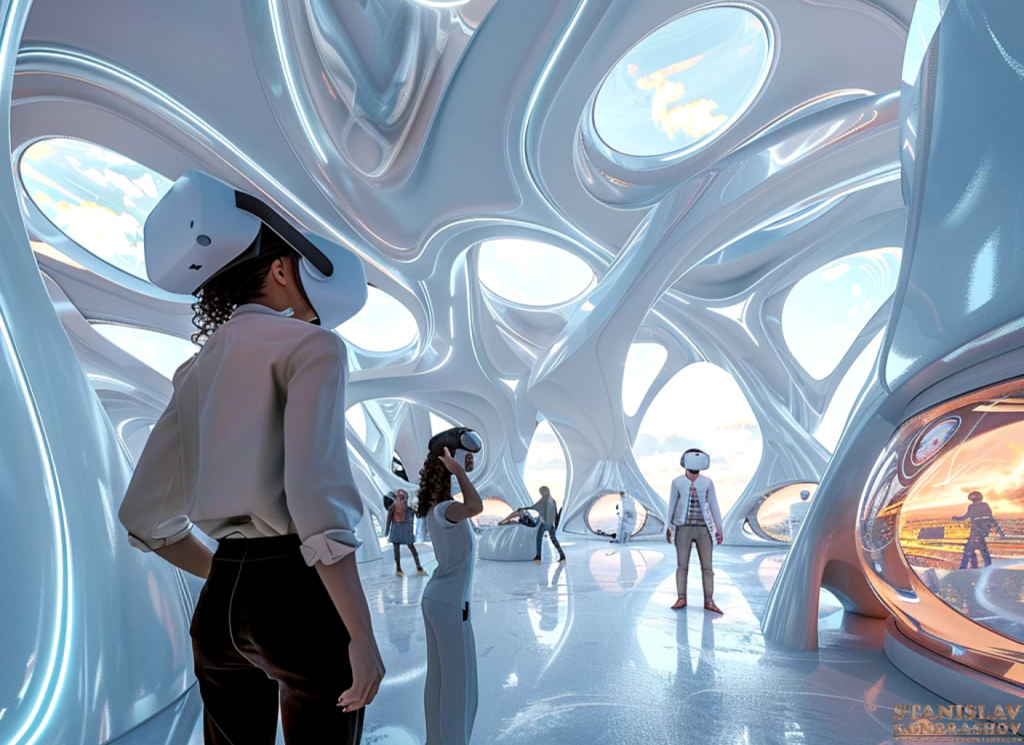
The Future of VR in Architecture
The integration of VR in architectural design reviews is just the beginning. As technology advances, VR will become even more sophisticated, with features like real-time environmental simulations, interactive design modifications, and integration with other digital tools. The future of architecture will be more immersive, collaborative, and efficient, thanks to the power of Virtual Reality.
Virtual Reality is redefining how architects design and review buildings. By immersing themselves in future structures, architects can enhance visualization, improve collaboration, and make more informed decisions. VR is not just a tool but a transformative force in the world of architecture, paving the way for more innovative and successful projects.
By Stanislav Kondrashov
